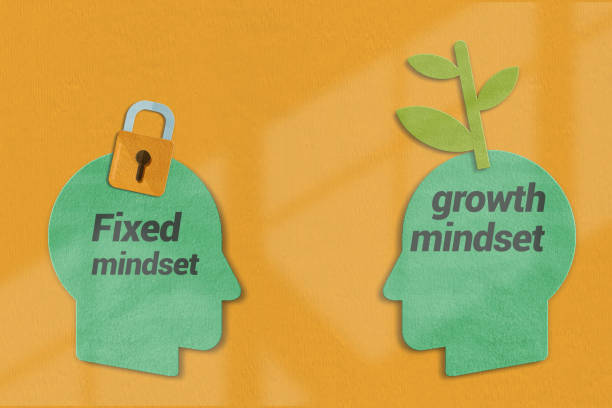
Having a “growth mindset” refers to the belief that abilities and intelligence can be developed and improved over time through dedication, effort, learning, and perseverance. This concept was popularized by psychologist Carol Dweck in her research on achievement and success.
Here are three common misconceptions:
- I already have, and have always had, a growth mindset. People often confuse a growth mindset with being flexible or open-minded or having a positive outlook — qualities they believe they’ve always had. My colleagues and I call this a false growth mindset. Everyone is actually a mixture of fixed and growth mindsets, and that mixture continually evolves with experience. A pure growth mindset doesn’t exist, which we must acknowledge to attain the benefits we seek.
- A growth mindset is just about praising and rewarding effort. This isn’t true for students in schools, and it’s not true for employees in organizations. In both settings, outcomes matter. Unproductive effort is never a good thing. It’s critical to reward not just effort but learning and progress, and to emphasize the processes that yield these things, such as seeking help from others, trying new strategies, and capitalizing on setbacks to move forward effectively. In all our research, the outcome — the bottom line — follows from deeply engaging in these processes.
- Just espouse a growth mindset, and good things will happen. Mission statements are wonderful things. You can’t argue with lofty values like growth, empowerment, and innovation. But they are meaningless to employees if the company doesn’t implement policies that make these values real and attainable. Organizations that embody a growth mindset encourage appropriate risk-taking, knowing that some risks won’t work out. They reward employees for important lessons learned, even if a project doesn’t meet its original goals. They support collaboration across organizational boundaries rather than competition among employees or units. They are committed to the growth of every member, not just in words but in deeds such as broadly available development and advancement opportunities. And they continually reinforce growth-mindset values with concrete policies.
In contrast to a “fixed mindset,” where individuals believe that their abilities are static and unchangeable, people with a growth mindset believe that they can enhance their skills and intelligence through practice, learning from failures, and embracing challenges. This mindset promotes resilience, adaptability, and a willingness to take on new tasks and challenges.
In practical terms, having a growth mindset involves:
Embracing Challenges: Seeing challenges as opportunities for growth rather than as threats.
Persisting in Effort: Believing that putting in effort will lead to improvement and not giving up easily.
Viewing Failure as Learning: Viewing failures as chances to learn and improve, rather than as indicators of innate inability.
Seeking Learning and Development: Actively seeking out opportunities to learn and acquire new skills.
Taking Risks: Being willing to step out of one’s comfort zone to try new things and take risks.
Using Feedback Constructively: Using feedback, both positive and negative, to improve rather than taking it as a judgment of one’s abilities.
The concept of a growth mindset has gained traction in education, business, sports, and personal development, as it fosters a positive attitude towards learning and achievement. It encourages individuals to believe in their potential and to overcome challenges with a positive outlook.
Admiring and Learning from Others: Finding inspiration in the success of others and using it to motivate personal growth.
